Introduction
The fourth and penultimate part of the rituals that concern children describes a ritual that invokes an idol of children. Here an Idol is a magical object that is made under the guidance of the shaman. I had previously described that Tuvan shamans had idols intended only for the shamans themselves and idols for common people. As our field studies show, such idols (Erens) were Emegelchin and Ugek (in Tuvan transcription) who belong to the guardians of children, as has been noted by many researchers.
The idol Emegelchin
- Emegelchin - a square board of gray knee bark; Length 57 cm, width 40 cm. Close to the upper edge 7 dolls with people representations, 7.5 cm long, sewn on. The ends of the fixing ropes are sewn to the upper corners of a cloth in the yurt.
- Emegelchin was a carved felt anthropomorphic figure, Biche Urug - a small child, the eyes are highlighted with pearls in the face.
It is smoked with heather, milk and butter are cast.
It protects young children against disease.
The shaman's ritual to the idol Emegelchin
This ritual is arranged by those who have no children (who are not born or are born and die). Our informant recalls that when she was seven, her legs ached. The parents invited a shaman who lived in the area. At the instruction of the shaman, Eren Emegelchin was made from colorful scraps of fabric. She particularly remembered the anthropomorphic figure in the form of a small doll carved from felt. Then everyone went to the spring, where a ritual dedicated to "the masters of the area" began. The shaman placed the idol Emegelchin on the spring. Then a goat was sacrificed to the spring and at the same time a ring made of colored fabrics was placed around the neck. Eeren Emegelchin was usually kept in a small saddlebag made of white felt. If necessary, it was hung over the bed.
Example
We turned to the work of scientists and also to a text from our field materials to more visually represent the images of idols protecting a baby's soul, so to speak. In the next Algysh we see a strong connection between a child's soul and their guardian.
You go rocking
They talk purr
In the idol of Emegelchin
Your kut - your soul will be preserved.
Where the top of the door is
Observes (idol) and protects (baby's soul).
Beautiful babies, opey-opey!
Babies suckling milk (from the mother's breast), opey-opey!
Sweet loving babies, opey-opey!
A young sheep with an "apple" like a bowl on its forehead,
A young sheep with an apple like a chawaga (1),
Your sheep with warm breath
Be a protector for your babies!
(1) A woman's braid in the form of an ornate metal plate with beads attached was woven into the end of the braid.
Explanation
It seems that these lines show neither joy nor sadness. In fact, the life of a child is under the patronage of the idol of Emegelchin, who does not let the good out of the yurt and the bad in the yurt and always watches over the door. A lot depends on a sheep with an apple on its forehead, because according to the religious belief of the Tuvan people it is an animal with warm breath, that is, it symbolizes life. So, if there is an Emegelchin idol in the yurt, then the child's parents will be calm, this is the main content of this passage from the Algysh.
Source
The information comes from the Russian book "Tuvinische Schamanen" by Kenin Lopsan, the living monument of the shamans, it was translated by me and edited so that it is understandable. The pictures are from the local museum in Kyzyl.
Links to the last two articles on this topic (about 20 more can be found in the depths of my blog):
- Shaman Knowledge - Invocation in front of a sick person / Schamanenwissen - Anrufung vor einer kranken Person
- Shaman Knowledge - Shaman's trick of intimidation / Schamanenwissen - Schamanentrick der Einschüchterung
- Shaman Knowledge - Diagnosis of the disease / Schamanenwissen - Diagnose der Krankheit
- Schamanenwissen - Der Gesang des Schamanen für Kinder (1)
- Shaman Knowledge - The shaman's song for children (1)
- Schamanenwissen - Der Gesang des Schamanen für Kinder (2)
- Shaman Knowledge - The shaman's song for children (2)
- Schamanenwissen - Der Gesang des Schamanen für Kinder (3)
- Shaman Knowledge - The shaman's song for children (3)

See you next time! / Bis nächstes Mal!
Thank you for your attention! / Danke für Deine Aufmerksamkeit!
Original content by
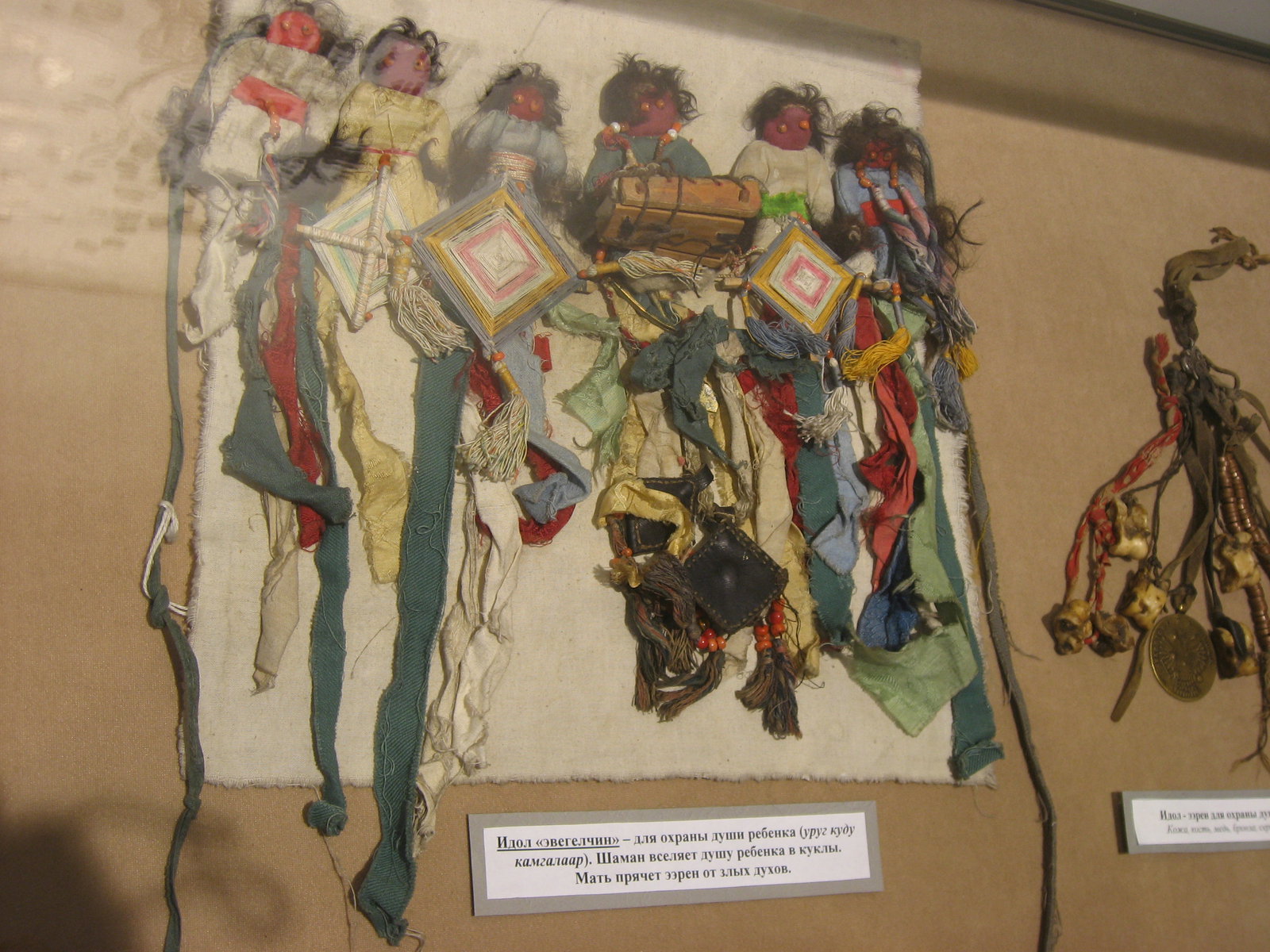
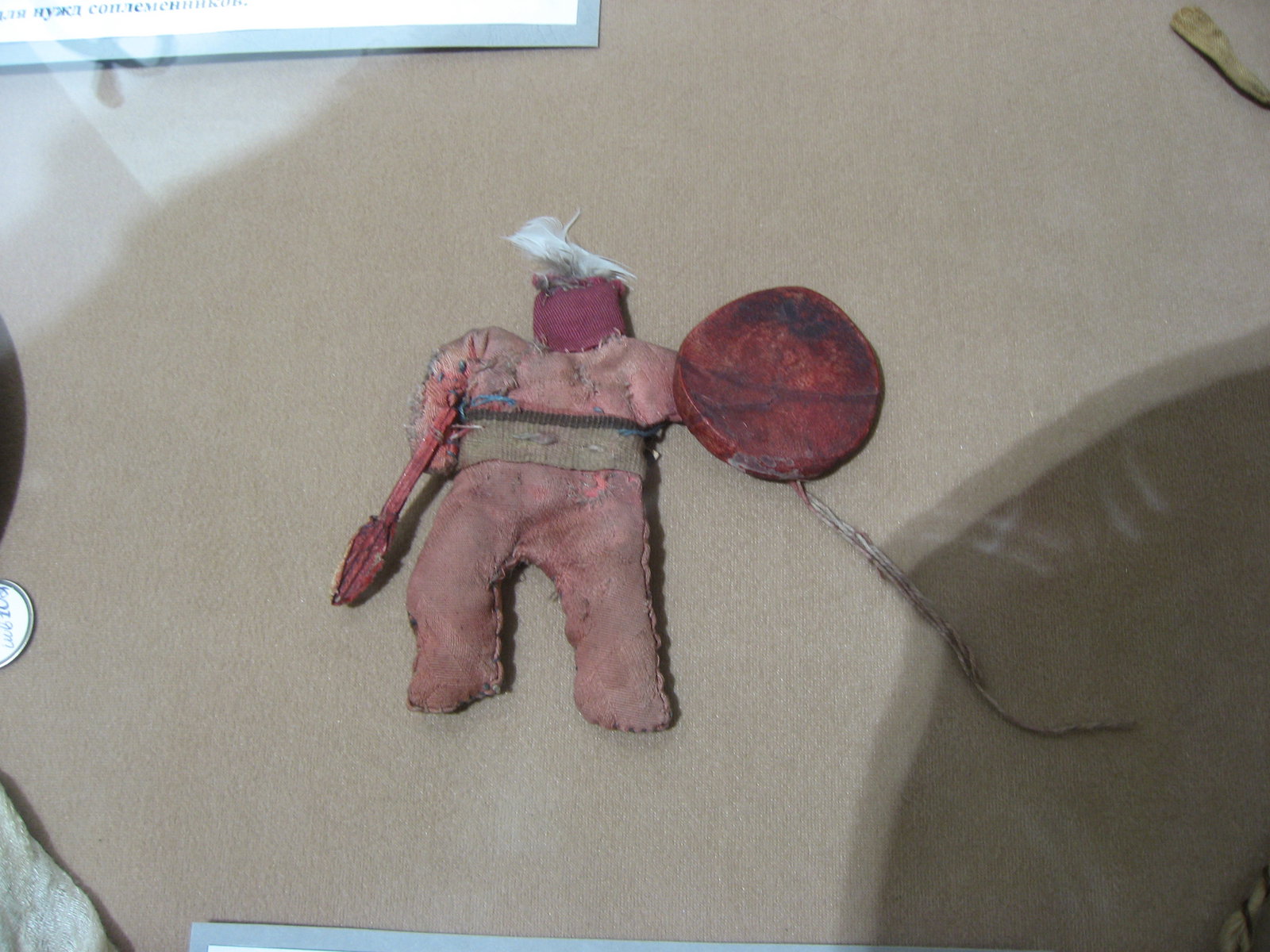
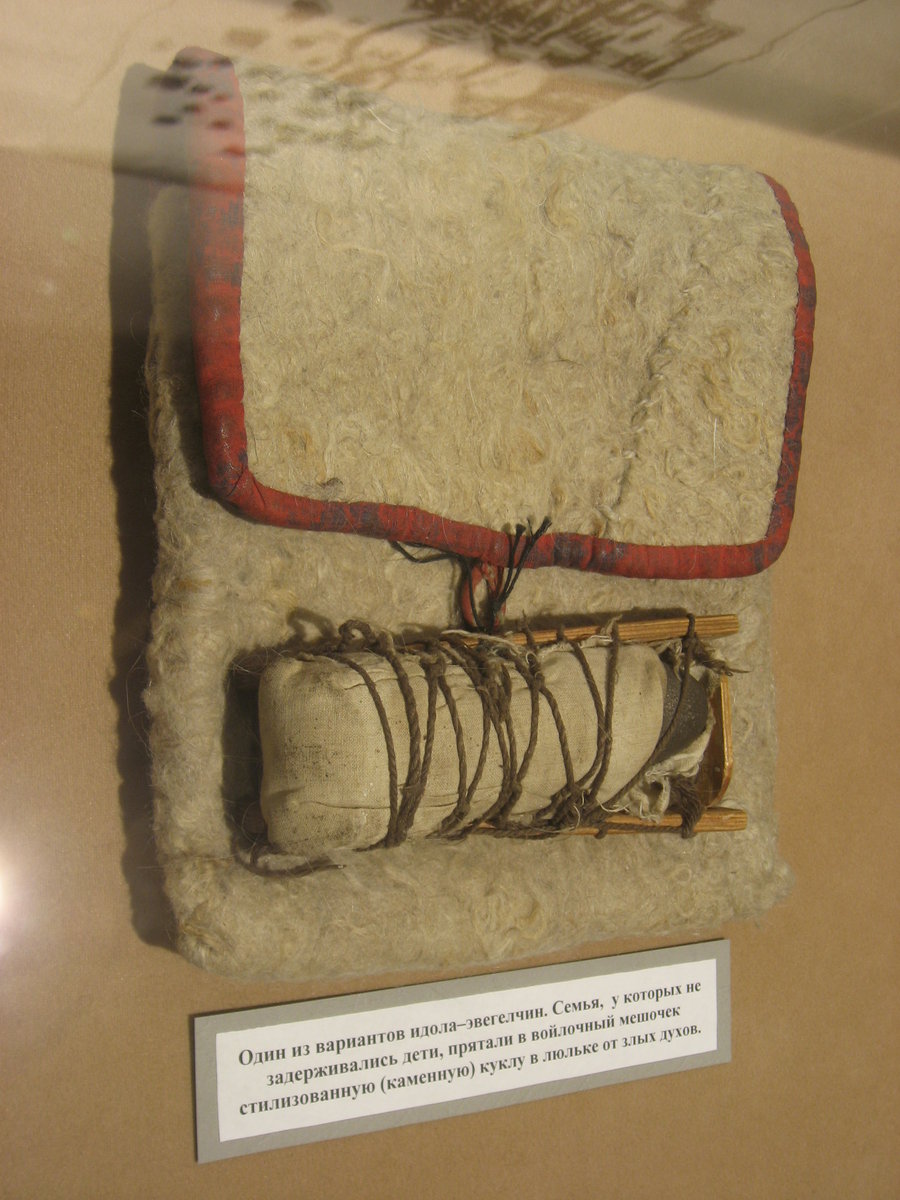
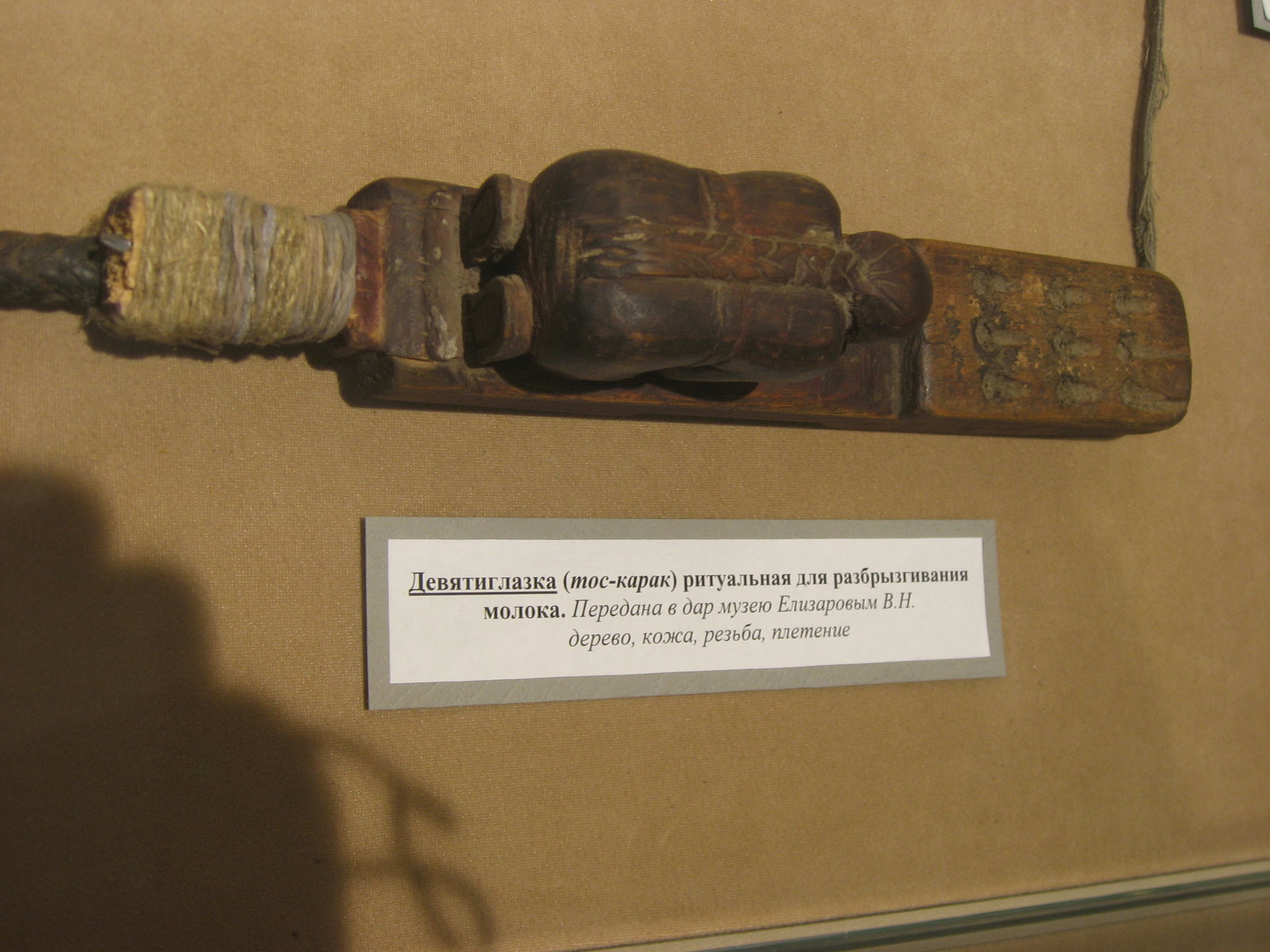
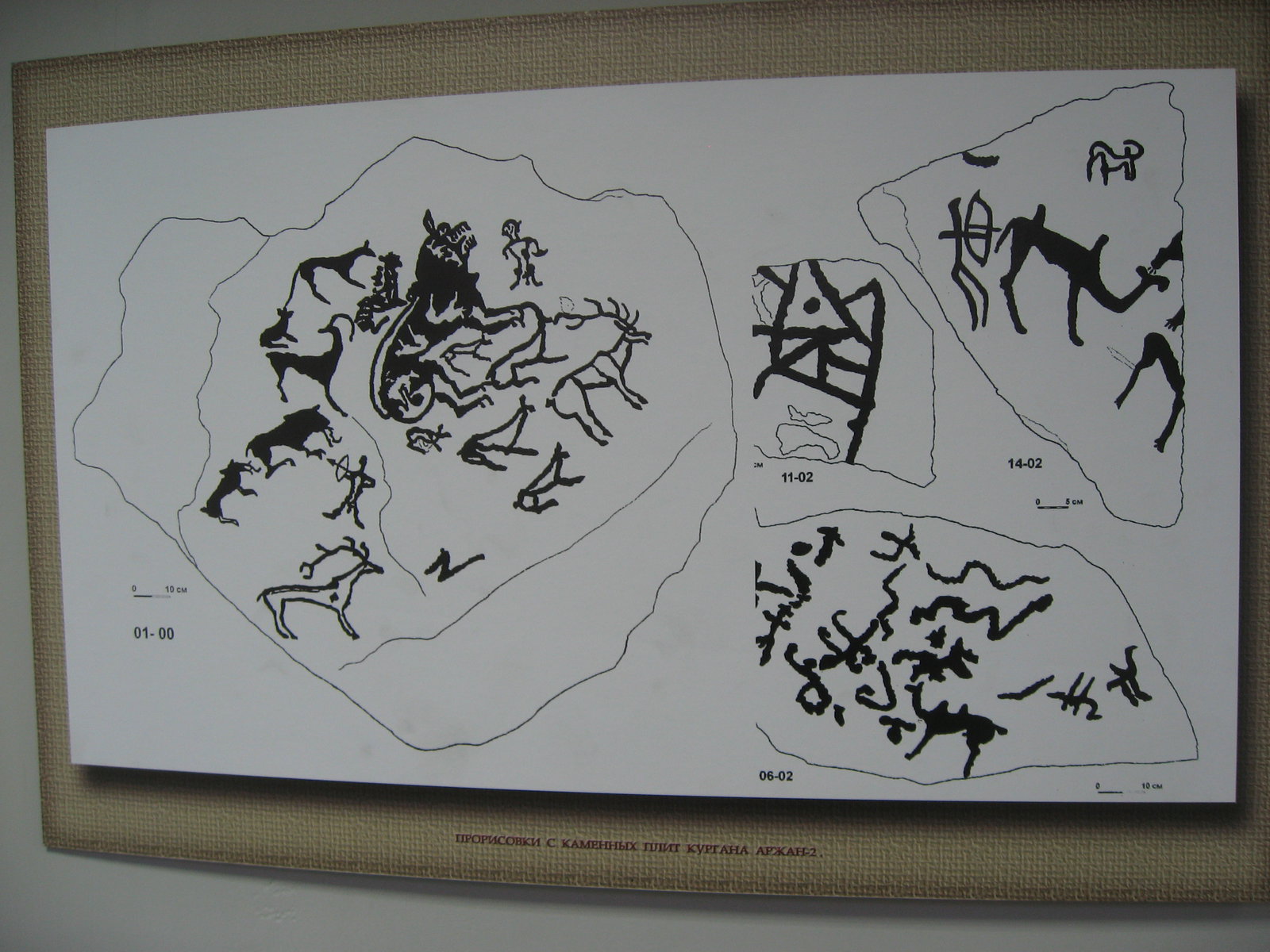
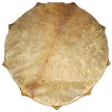 Schaman Gerbert
Schaman Gerbert 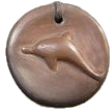
I really like antiques, I like going to the museum.
thanks for sharing
This is interesting. I Know such kind of song first time. Thanks for sharing about this
This is quite interesting, thanks for sharing such